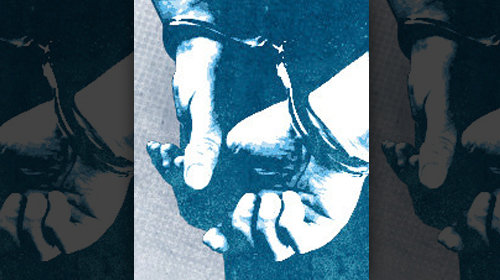
Today, the U.S. has the highest incarceration rate of any country in the world. With over 2.3 million men and women living behind bars, our imprisonment rate is the highest itÔÇÖs ever been in U.S. history. And yet, our criminal justice system has failed on every count: public safety, fairness and cost-effectiveness. Across the country, the criminal justice reform conversation is heating up. Each week, we feature our some of the most exciting and relevant news in overincarceration discourse that weÔÇÖve spotted from the previous week. Check back weekly for our top picks.
The Council of State Governments recently released a report that examined the 2005 and 2007 recidivism rates in seven statesÔÇöKansas, Michigan, Mississippi, Ohio, Oregon, Texas and VermontÔÇöand found significant reductions in each state. In Michigan, the percent of individuals who committed a new crime within three years of release dropped to 33 percent in 2007, down from 40 percent in 2005. MichiganÔÇÖs success, which is part of a longer downward trend from 2000 to 2008, is noteworthy for two reasons. First, it appears to demonstrate the success of the stateÔÇÖs 2003 reentry initiative, which includes providing community-based housing for parolees, subsidizing employers who hire them and funding community-based programming that provides transition support services. Second, it demonstrates that states can repeal mandatory minimum prison sentences for drug offenses, as Michigan did in the early 2000s, and still see declines in crime and recidivism.
On a related note, Vera recently released a report that examines whether recent policy changes have produced the expected shifts in population and spending from prisons to community corrections between 2006 and 2010. The report found that several statesÔÇösuch as Michigan, Rhode Island, South Carolina, Virginia, and WisconsinÔÇöhave successfully implemented policies that reduce both prison populations and spending. More generally, however, the study suggests that itÔÇÖs too soon to understand the full effects of many policies that were implemented in the last several years.
According to Amnesty InternationalÔÇÖs new report, California is holding prisoners in extreme isolation ÔÇô with no fresh air, natural light, direct human contact or programs ÔÇô for years and even decades, and leaving them with little hope of ever emerging from the confinement. For more on the report, read the Los Angeles TimesÔÇÖ .
A Pathways to Desistance study followed some 1,300 youths convicted of mostly felony offenses in Phoenix and Philadelphia for seven years after adjudication, and found that the nature of juvenile offenses and the severity of the sentences given to them are poor predictors of recidivism. This summarizes the findings released so far.
The Supreme Court begins the October 2012 Term on Monday, and Ohio State law professor Doug Berman highlights a number of interesting petitions before the Court at his blog. The Court agreed this week to take , in which the Court will consider whether a law enforcement officer may constitutionally obtain a blood sample from a drunk driver without a warrant or the driverÔÇÖs consent.
Learn more about overincarceration: Sign up for breaking news alerts, , and .
